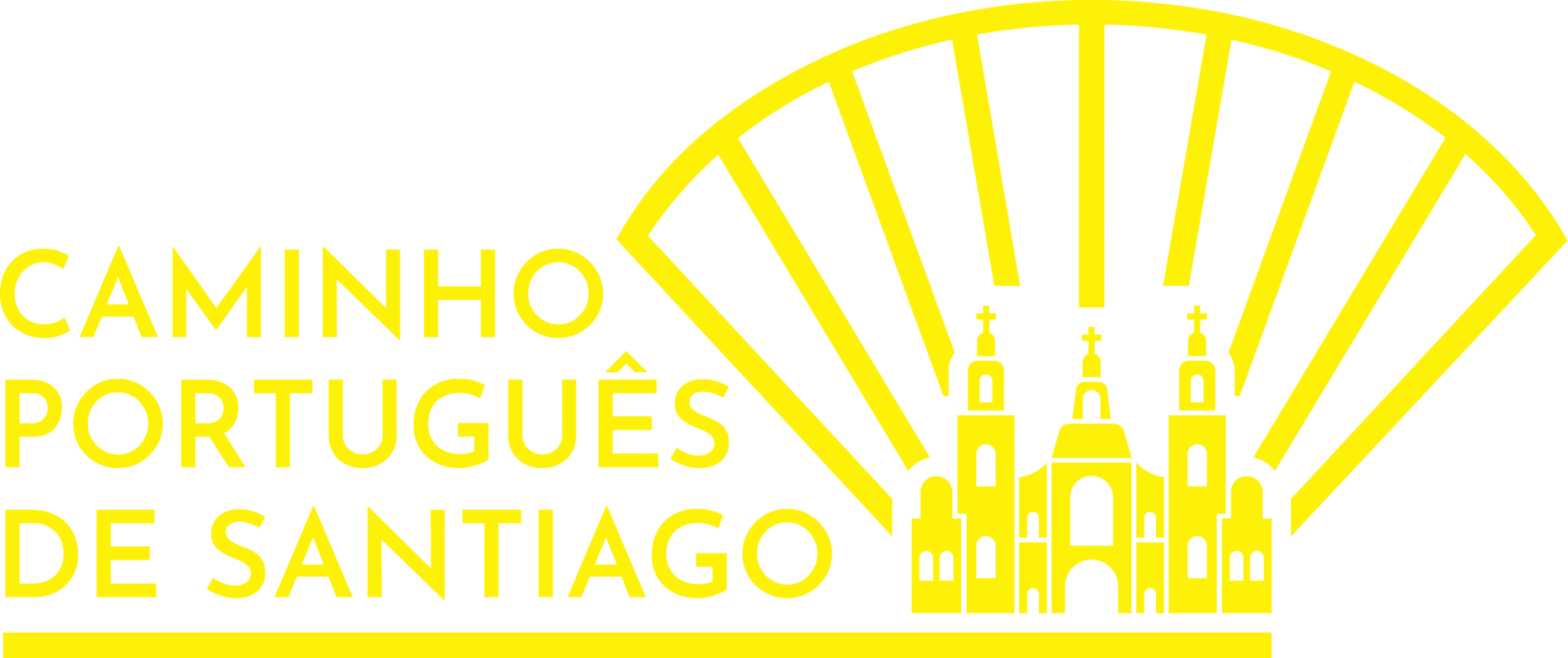

Subscribe to our Newsletter and receive the free Camino de Santiago Checklist to prepare you for the adventure of a lifetime!
The Porto de Mougás - Saians stage is an adventure yet to be discovered. Starting in the small town, we follow a road that is not very busy until we reach a dirt climb. Here the day's adventure progresses.
From here it's uphill, where you'll see one of the most breathtaking views of the route so far, and then on to Baiona. This fishing town, where many people stay, is a great place to rest and see the local people.
From here we can choose which route to take. Whether we go to see the sea, leaning against the beaches, or head inland. Saians is an excellent way to end the day, as the people of this neighborhood are dynamic and hold frequent events where all pilgrims are welcome.
The entire route here is close to roads where cars pass every day. That's why you need to be extremely careful. To take your mind off the fact, you can see the curvature of the mountains in the distance, with a lighthouse hidden between them.
After a climb, one of the highest of the entire route so far, now comes one of the descents and ascents to Baiona. We had the chance to see the sea meeting the land from afar and now here we are, in a small village typical of the Camino de Santiago. Time to rest and read some facts about the place on the signs.
As the name suggests, after another space to observe the route that still lies ahead. With benches available, this space next to the road gives us a perspective of what is still to come.
Baiona comes after a steep descent and welcomes us like true explorers. We are greeted by a dynamic town with a population that is on the move and, at the same time, retains its great monuments. With unmissable churches and the monumental Monterreal castle, this port town is ideal for those who are already tired and prefer a less strenuous stage.
Saians is a place to rest for the day. This civilization can be missed if we don't pay attention to the signs that say "Albergue" along the way, as it's a 50-metre detour from the actual road. However, the pilgrim support area is run by the local residents' association, which provides everything you need to rest.
Not in principle! The yellow arrows are clearly marked on the ground. If you're in any doubt, just look around and see which direction the other walkers are heading. Another idea is to ask someone how to get to the Carvalhido church.
Incidents tend to be minimal and many people make the journey alone. However, safety can be subjective. Many hikers do the route, so if you're afraid you can always ask for help.
This is the most urban stage of the Portuguese route. At the entrance to Vairão, the difference in the natural landscape is remarkable.
